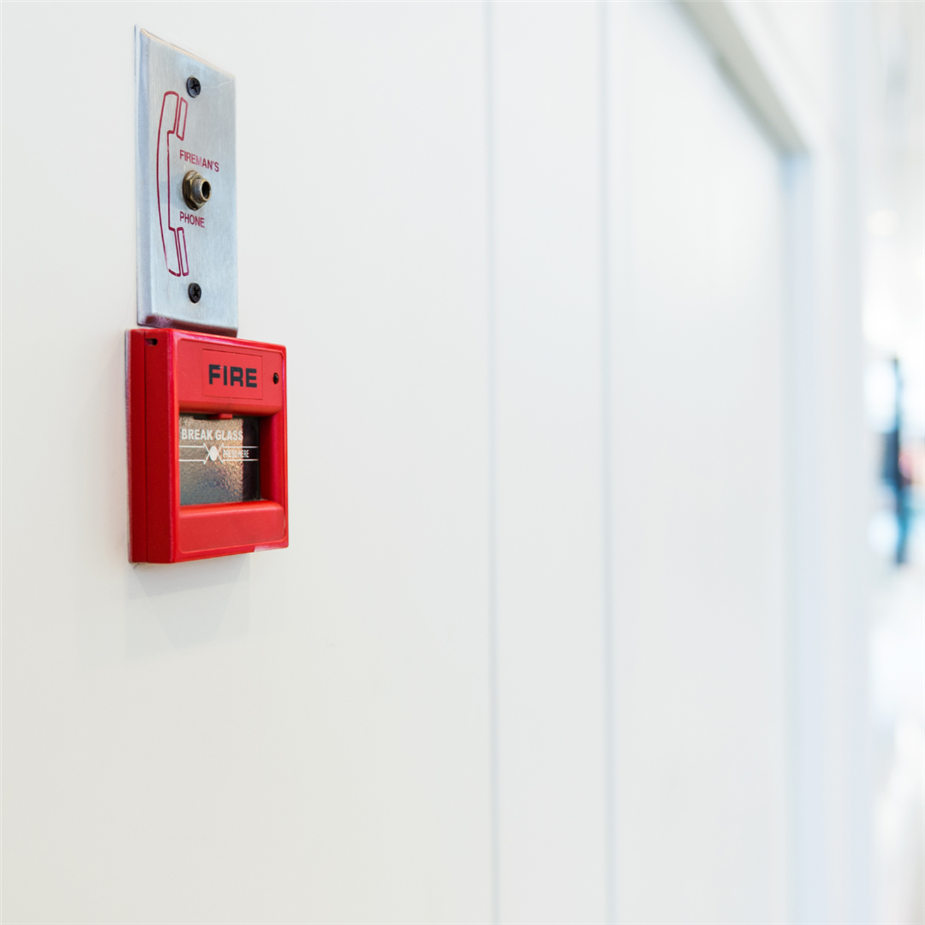Fire Contingency Plan for Commercial Multi-Home Buildings
10/17/2024 (Permalink)
A fire emergency in a commercial multi-home building can be catastrophic, but with a well-structured contingency plan in place, property managers can significantly reduce the risks and ensure residents’ safety. Here's a guide on how to design a robust fire contingency plan that covers preparation, communication, evacuation, and recovery steps to keep both residents and property safe.
1. Conduct a Thorough Risk Assessment
Every fire contingency plan begins with identifying and mitigating fire hazards throughout the building. Common high-risk areas include kitchens, mechanical rooms, and electrical closets. Addressing these risks with fire prevention measures is crucial.
- Establish a Reliable Emergency Communication System
In the event of a fire, fast and effective communication can save lives. Fire alarms should be loud enough to alert all residents, and backup communication systems like text alerts or phone trees can ensure everyone is notified.
- Develop a Clear Evacuation Plan
A solid evacuation plan is essential for guiding residents safely out of the building. Start by ensuring all exits are well-marked and evacuation routes are clearly posted on every floor. It's important that all residents, particularly those who are elderly or disabled, know where to go in case of an emergency.
- Conduct Regular Fire Drills
To ensure everyone is prepared, schedule quarterly fire drills. You can alternate between drills with prior notice and spontaneous ones to keep residents ready for real-life situations. Much like fire drills in schools, regular practice helps adults respond quickly, safely, and with less panic during an actual emergency.
5. Maintain Updated Emergency Contacts
Having quick access to key emergency contacts is vital during and after a fire. Ensure that contact details for local fire departments, emergency services, and building management are up-to-date and accessible to both staff and residents.
- Implement a Post-Fire Recovery Plan
Recovering from a fire involves several critical steps, from assessing the damage to supporting displaced residents. Working with a fire restoration company, like SERVPRO, can help you quickly assess the extent of the damage, clean up, and restore the building. Additionally, be prepared to offer temporary housing solutions for residents who are displaced by the fire. Transparent communication about recovery efforts and timelines will help reassure residents during this difficult time.
Conclusion
A well-prepared fire contingency plan is essential for protecting both lives and property in commercial multi-home buildings. By regularly assessing risks, communicating clearly, conducting quarterly fire drills, and partnering with experts for recovery, you can ensure your building is ready to respond to fire emergencies.
By implementing these steps, property managers can foster a culture of safety and preparedness, ensuring that when disaster strikes, everyone knows exactly what to do.






 24/7 Emergency Service
24/7 Emergency Service